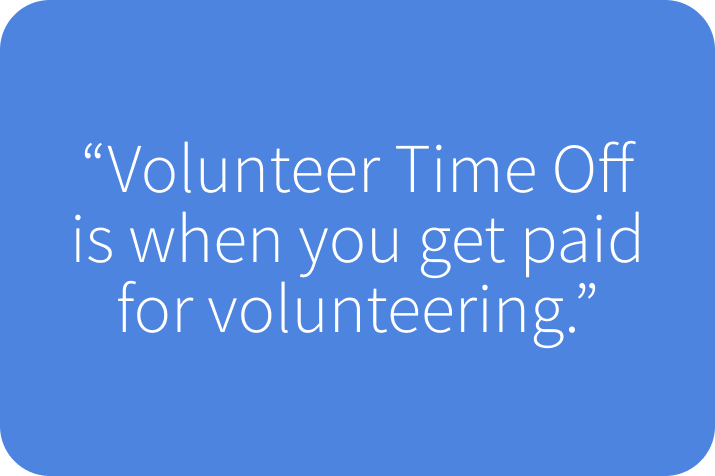
Pick me.
ROLE: UX/UI design
TEAMS: Workforce Management, Leadership Engagement app
TOOLS: Figma, Miro, Teams
Problem
In retail stores, labor is planned around averages and as a result of unexpected things—a delayed truck, holidays, weather situations—managers may find they are over-staffed. Supply chain and customer demands can fluctuate hourly, daily, seasonally.
Just like labor demand flexes, the need for hours varies with PT employees. Sometimes an employee may want as many hours as they can get—but situations come up when employees who are trying to accommodate school or kids, would like to end their shift a little early.
During a visit to a warehouse, there was a white board with all the employees written out. If the employee put a check by their name – that informed their leaders they would be willing to go home early. Other store managers walked around and asked employees when trying to decide who to send home, some jotted things down on paper or recalled from memory. The whiteboard provided inspiration for a digital feature.
Objectives:
• Give leaders easy access to information while on the floor.
• Increase the number of employees who are getting their desired hours.
• Give employees a digital option to communicate to their managers that they would like to be considered if there is a need to cut back labor.
Raise your hand
This feature was a collaboration between the Connect employee app and the Leadership Engagement app. If an employee wants to be considered for ending their shift early - they turn on the Open to Shorter Shift toggle. The raised hand icon indicates an employee has opted in and shows in both apps.
VTO sounds like PTO
VTO was short for Voluntary Time Off. While initially VTO seemed like a play on words in a good way because of it sounding so similar to PTO, I think that it created some confusion about what VTO actually was. Store employees, designers, engineers, business partners – everyone had misunderstandings about what Voluntary Time Off meant. The name Voluntary Time Off was not a term that was universally understood.
An important distinction that the language needed to convey was that this feature was a way to inform your manager of your willingness to participate and not another way to request time off. Working with the content design team, I surveyed retail leaders and asked them to choose the option that was the easiest to understand.
“‘Open to shorter shift’ communicates you’re willing to save some hours and recoup some of your day. The option feels the least like a request to go home early and more like an open invitation to be sent home if it’s slow.”
What we learned
Some leaders would like to know who opted in first (to Open to Shorter Shift) and the order thereafter—because they would try to honor that order.
Shifts in the labor market by the time this feature was piloted changed the need for this feature. Employees who were surveyed expressed sentiments of needing more hours.
The data connecting a shift that was shortened to an employee that had opted in to Open to Shorter Shift is not easy to track.
![D'Lee [d'sign]](http://images.squarespace-cdn.com/content/v1/5e447fff1e44fb65ca633712/1612633741972-78L1O3MXYXN9DDAWTRU7/dlee_dsign.png)







